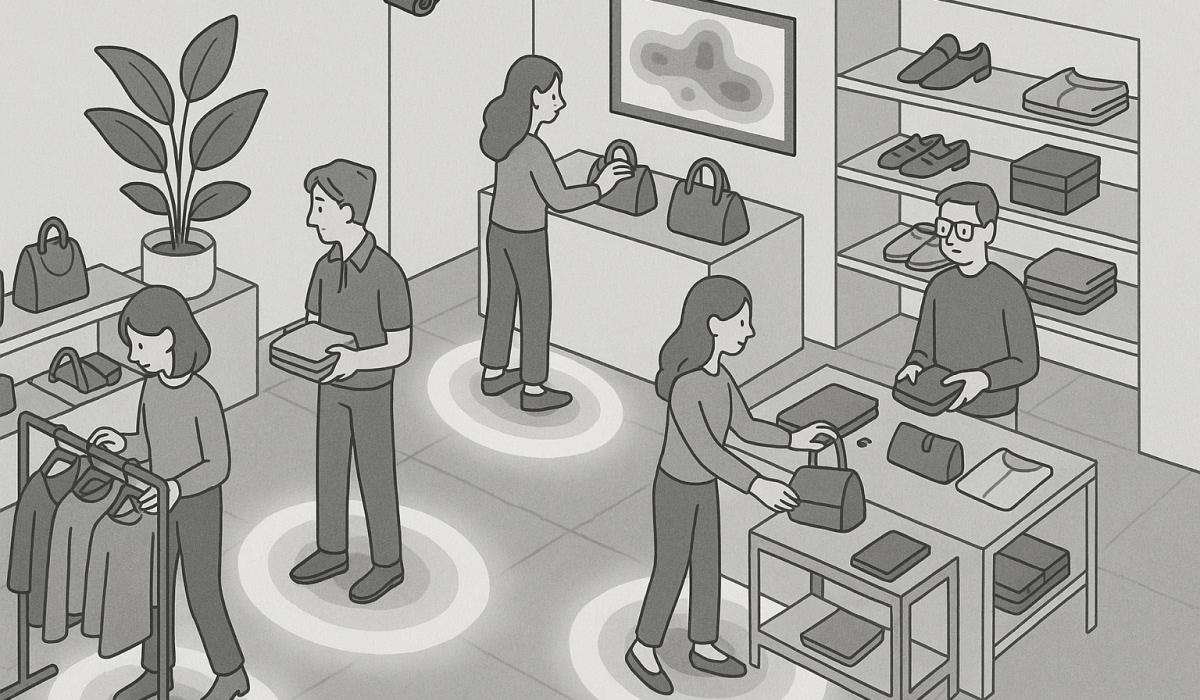

Walk into almost any boutique shop, café, or hotel lobby, and you’ll spot a security camera in the corner. Traditionally, those devices were silent sentinels—useful in case of theft, but otherwise passive. But thanks to modern video analytics powered by AI, that same camera can now act as a business advisor, layout consultant, and staffing strategist.
If you’re a small business owner, especially in retail or hospitality, here’s how to turn your camera system from a cost center into a conversion machine.
Security cameras have long been essential for loss prevention—but they’ve rarely helped grow revenue. That’s changing. With AI-powered analytics, cameras can now generate actionable business data that goes far beyond safety.
Whether you're a clothing boutique tracking foot traffic patterns or a coffee shop optimizing wait times, video analytics can now answer questions that were once guesswork:
The best part? You don’t need a full IT overhaul to access this data. Most systems layer on top of the cameras you already have.
Imagine getting a heatmap showing exactly where customers spend time in your store—down to the shelf. AI tools can break down foot traffic patterns and measure dwell time, or how long someone lingers in a given spot.
Why it matters:
For boutique stores and specialty retailers, this kind of insight is gold. Instead of guessing whether that artisan candle display is working, your camera can tell you.
Yes, cameras still help prevent theft—but the same AI tools that detect suspicious behavior can also detect operational friction. For example:
Used smartly, these alerts aren’t just about security—they’re about hospitality. Especially in cafés, hotels, and fast-paced restaurants, real-time insights help you maintain a smooth guest experience.
Here’s where it gets exciting. When you combine historical foot traffic data with video analytics, your small business gets powerful levers to pull:
Use heatmaps and traffic flow data to design smarter spaces. Eliminate dead zones. Make it easier to browse, buy, or order.
Align employee schedules with actual traffic patterns. Know your busy hours—and your slow ones. Some platforms even predict tomorrow’s peaks based on historical data and weather.
Seeing where customers stall or disengage can highlight friction points. Combine that with sales data, and you’ll know which areas drive action—and which need work.
This type of feedback loop, once reserved for enterprise retailers, is now accessible even to a local flower shop or vintage store.
The best part? You likely already have cameras. Video analytics platforms repurpose your existing investment, layering software on top of your current setup. There's no need to buy expensive new hardware or overhaul your store’s layout.
With the rise of plug-and-play platforms and smart camera apps, even small retailers can get started without hiring a tech team.
As this technology evolves, expect even more nuanced insights:
Some newer systems—including early versions of Seemour—are exploring how ambient intelligence could tie all this together. Imagine a camera that knows the difference between a curious customer and a confused one—and can ping the right employee. Or detect when your usual morning rush starts five minutes early—and adjusts your music and lighting automatically.
It’s not science fiction. It’s what happens when cameras stop just watching—and start understanding.
If you run a small retail shop, café, or boutique hotel, your security camera doesn’t need to sit quietly in the corner anymore. With the right analytics layer, it becomes an insight engine—helping you design better spaces, serve customers faster, and ultimately sell more.
Security still matters. But in 2025, the smarter play is turning surveillance into strategy.